Mars is the 7th largest planet in our solar system that, since the 1960s, has been robotically explored more than any other planet beyond Earth.
Mariner 9 imaging in 1971 revealed the first direct evidence of water on the Red Planet. Yet only thanks to the recent ESA ExoMars and Mars Express missions was water frost spotted for the first time near Mars’s equator, a part where it was thought impossible for frost to exist.
More info: Nature Geoscience
Dr. Adomas Valantinas and his team recently shared the news about the evidence of water frost spotted near Mars’s equator


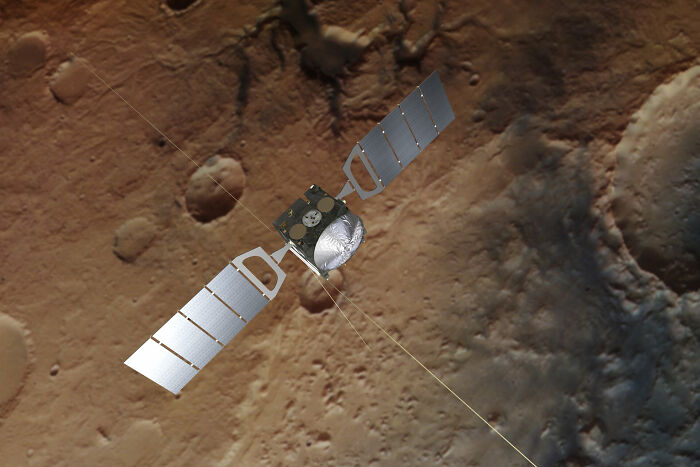
The water frost was detected above the Tharsis Montes region, atop Olympus Mons volcano, which towers some 16 miles above the Martian surface and is 3 times the height of Mount Everest, the tallest not only on Mars but in the entire Solar System. The remarkable discovery was made first by ESA’s ExoMars Trace Gas Orbiter (TGO), and then by TGO and ESA’s Mars Express.
The new data suggest that the frost is available to spot for only a few hours after sunrise before it melts in sunlight. Since Mars has a far thinner atmosphere than Earth, the surface temperatures on the Red Planet can reach as high as 70 degrees Fahrenheit and as low as -225 degrees Fahrenheit.
“We thought it was improbable for frost to form around Mars’ equator, as the mix of sunshine and thin atmosphere keeps temperatures during the day relatively high at both the surface and mountaintop – unlike what we see on Earth, where you might expect to see frosty peaks,” shared Dr. Adomas Valantinas, who made the discovery as a PhD student at University of Bern, Switzerland, and is now a postdoctoral researcher at Brown University, USA.
The research team is guessing that maybe the way the air circulates above volcanic mountains creates the very specific microclimate that allows those thin particles of frost to transform into very thin layers that are about the width of a human hair. Despite being so thin, the frost covers an incredibly huge area: the amount of frost represents about 150,000 tonnes of water, which is the equivalent of roughly 60 Olympic swimming pools.
“Its existence here is exciting, and hints that there are exceptional processes at play that are allowing frost to form,” Valantinas added. “What we’re seeing may be a remnant of an ancient climate cycle on modern Mars, where you had precipitation and maybe even snowfall on these volcanoes in the past.”
The frost was spotted with TGO’s CaSSIS instrument above the Tharsis Montes region, atop Olympus Mons volcano
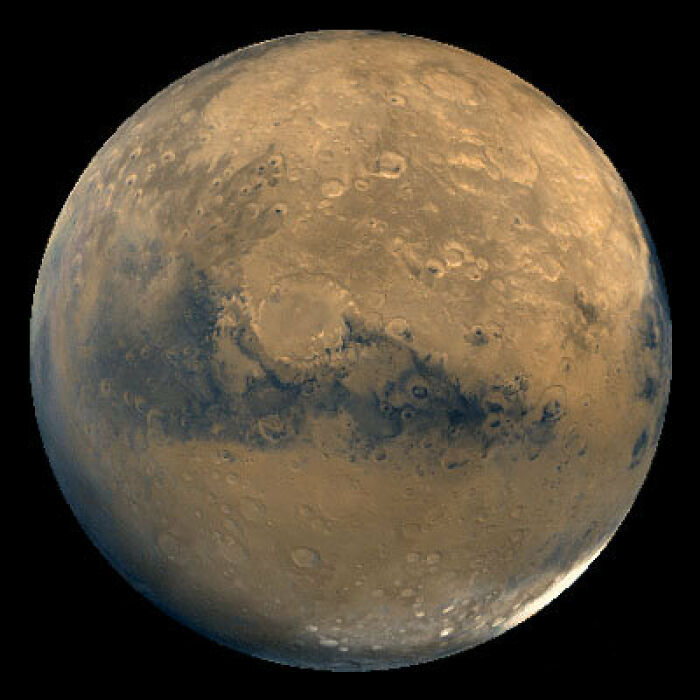
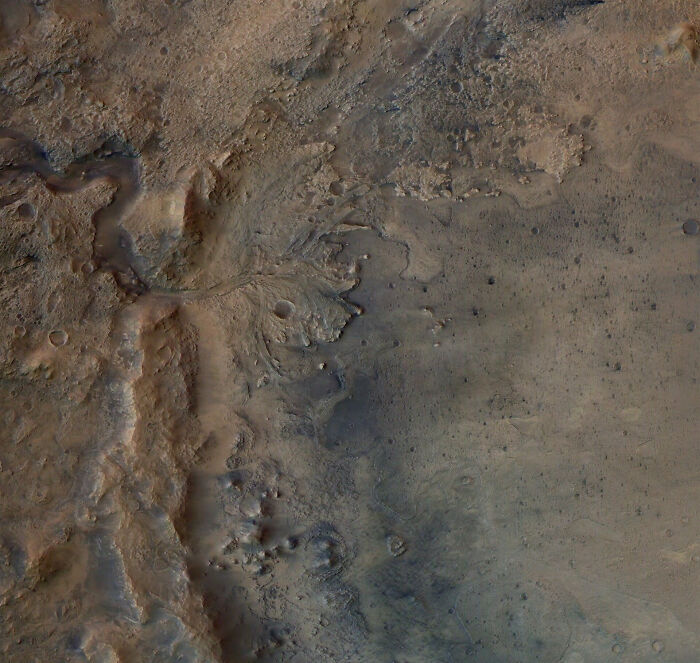
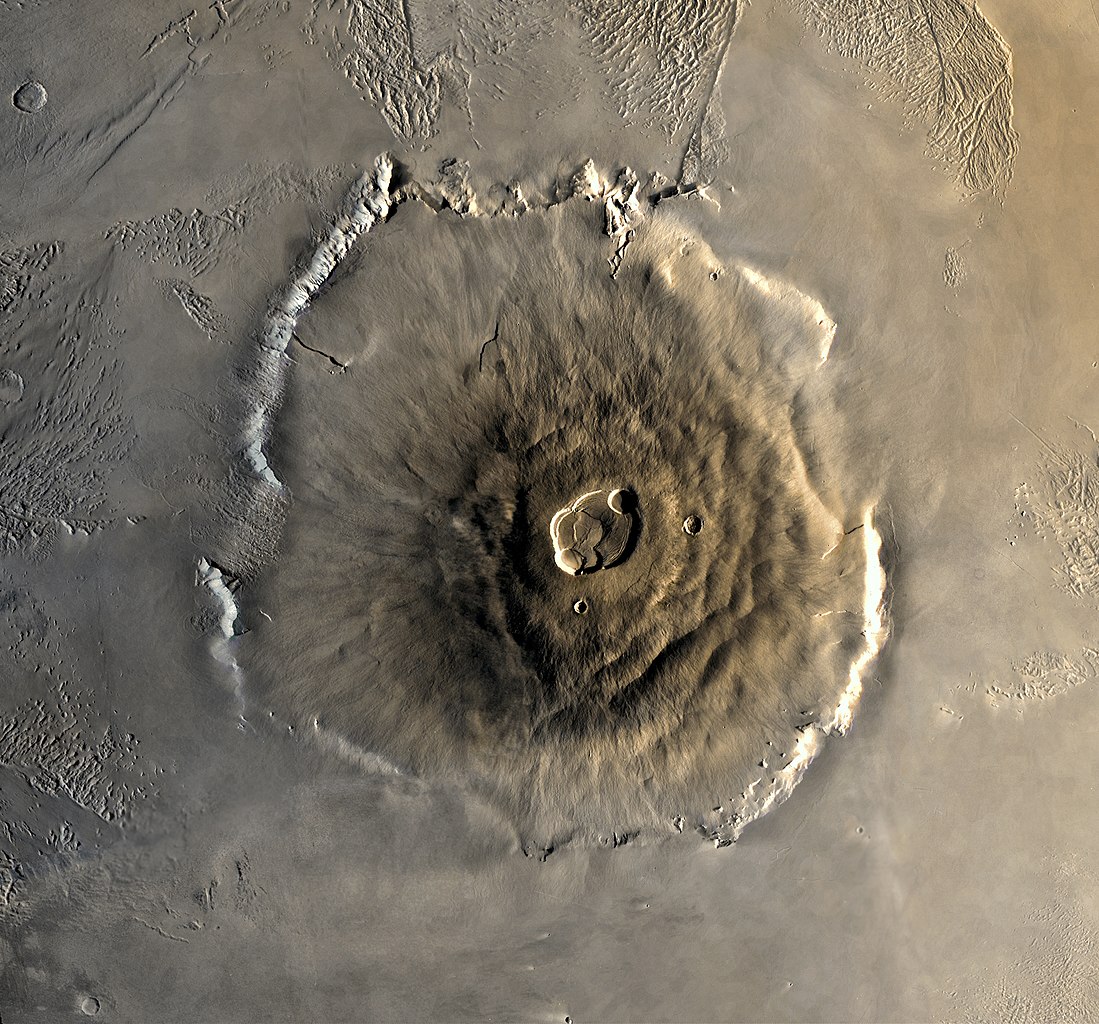
Image credits: NASA
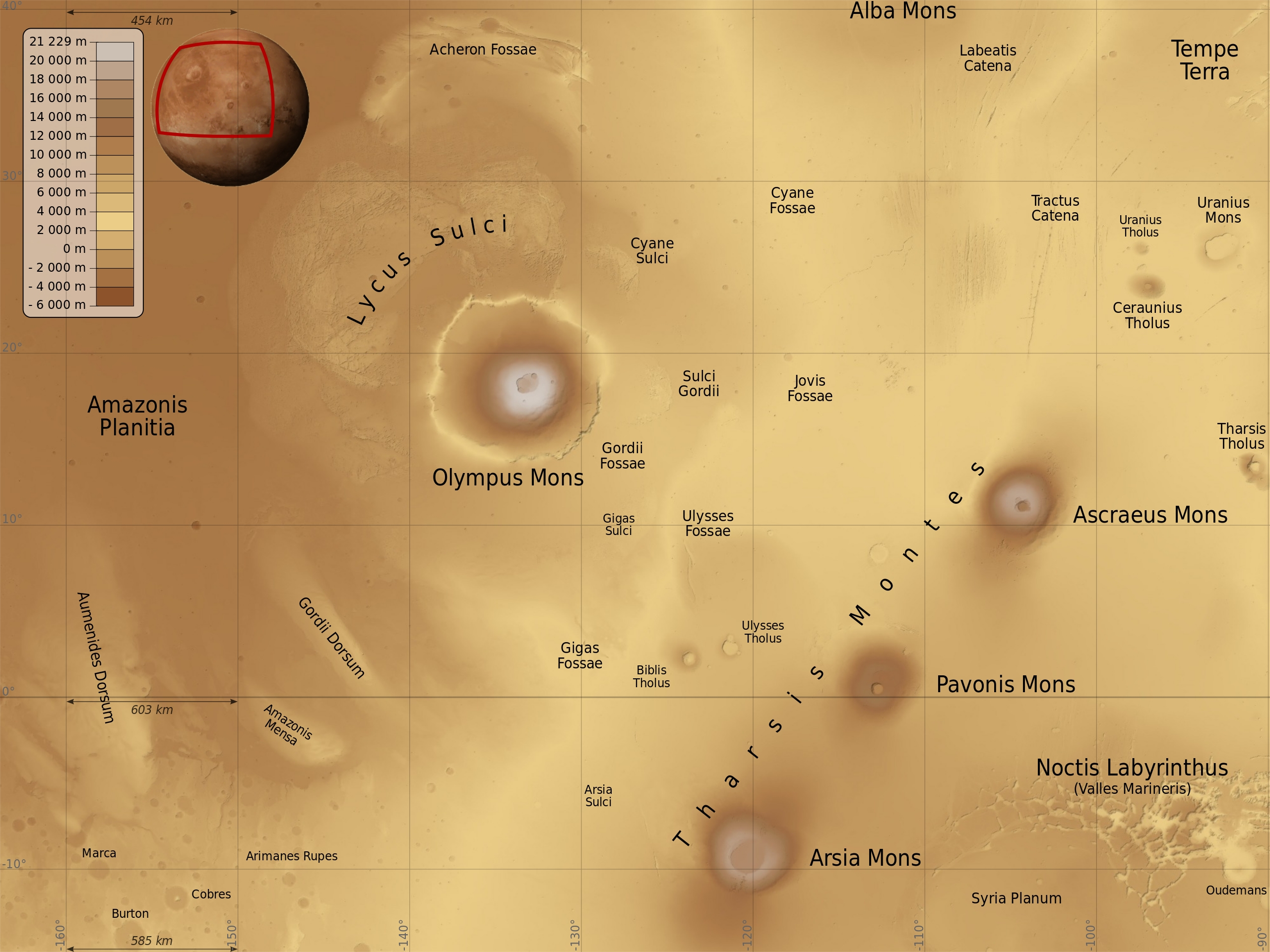
Image credits: Sémhur
While this new discovery marks the first time water frost has been spotted near Mars’s equator, probably many of us are asking why it had not been spotted before.
“There are a few reasons: firstly, we need an orbit that lets us observe a location in the early morning. While ESA’s two Mars orbiters – Mars Express and TGO – have such orbits and can observe at all times of day, many from other agencies are instead synchronized to the Sun and can only observe in the afternoon,” explained Valantinas.
“Secondly, frost deposition is linked to colder martian seasons, making the window for spotting it even narrower. In short, we have to know where and when to look for ephemeral frost. We happened to be looking for it near the equator for some other research, but didn’t expect to see it on Mars’s volcano tops!” he added.
The frost was spotted with TGO’s CaSSIS instrument and then confirmed by looking again at the area using TGO’s Nadir and Occultation for Mars Discovery (NOMAD) spectrometer and Mars Express’s High Resolution Stereo Camera (HRSC).
“This discovery was possible thanks to successful collaboration between both of ESA’s Mars orbiters, and additional modelling. Understanding exactly which phenomena are the same or different on Earth and Mars really tests and improves our understanding of basic processes happening on not only our home planet, but elsewhere in the cosmos,” said Colin Wilson, who’s ESA project scientist for both ExoMars TGO and Mars Express.
“Finding water on the surface of Mars is always exciting, both for scientific interest and for its implications for human and robotic exploration,” he added. Wilson also pointed out that this new discovery is truly special because it shows that despite Mars’s low atmospheric pressure, which creates an unusual situation (the planet’s mountaintops aren’t usually colder than its plains), it appears that moist air can still condense into frost – an Earth-like phenomenon.
Another study investigated lava tubes on Mars’s surface that, in the future, could provide astronauts protection from the extreme conditions
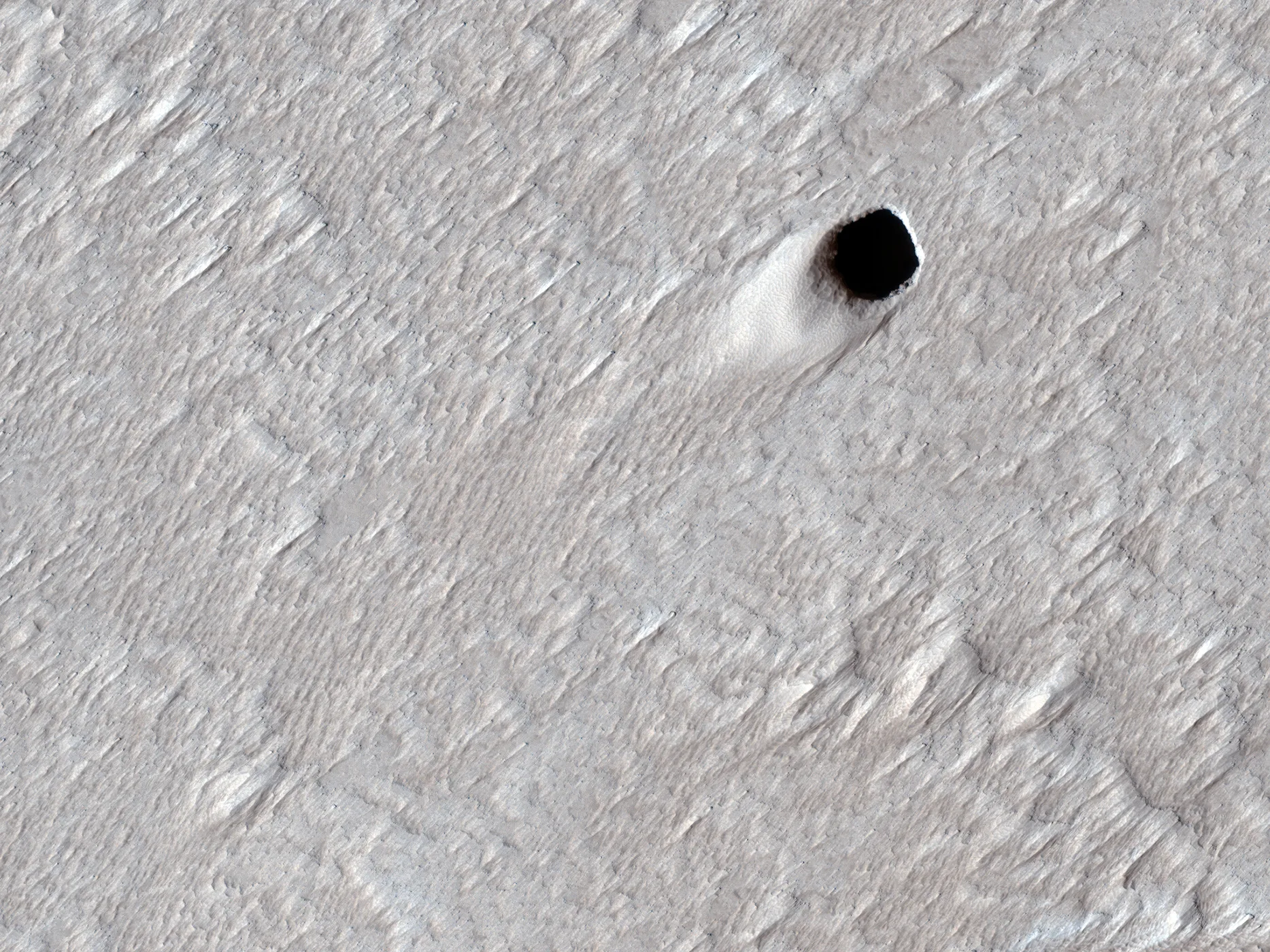
Image credits: NASA
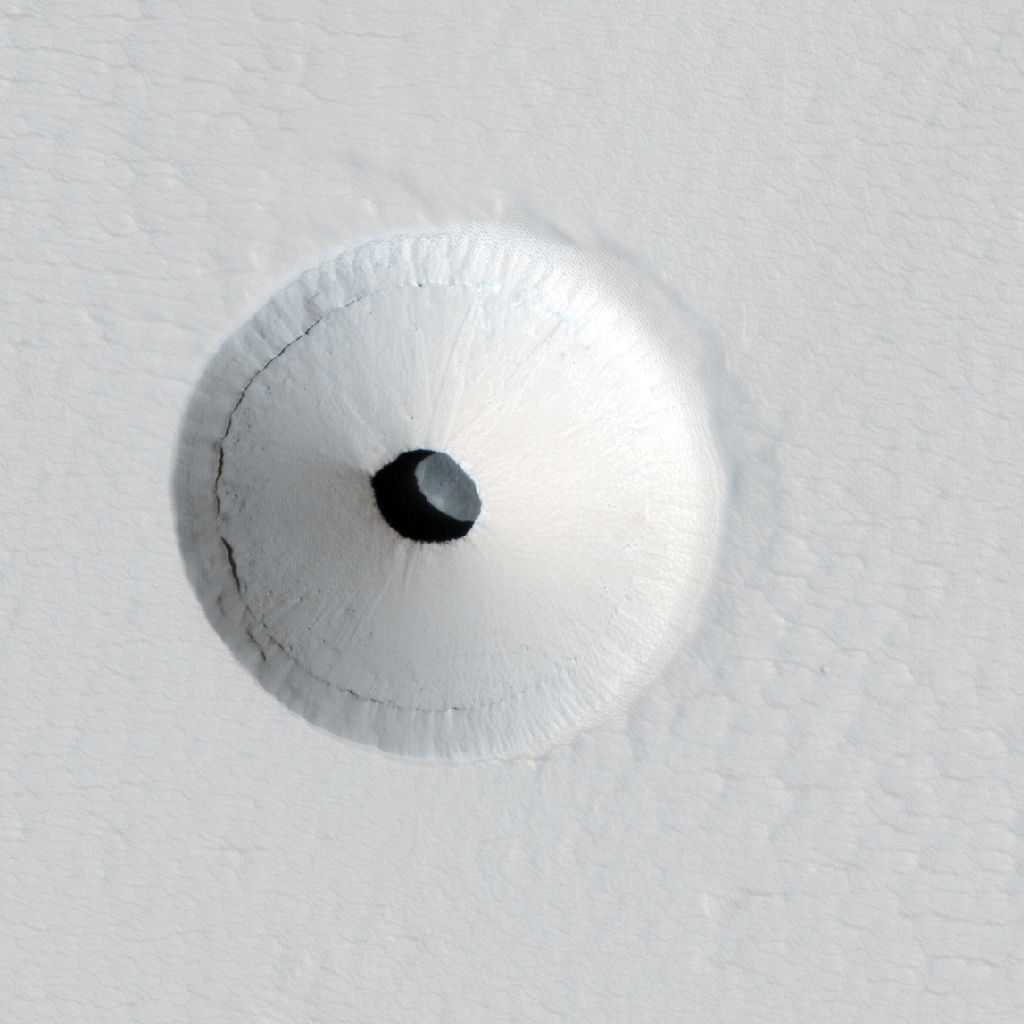
Image credits: NASA
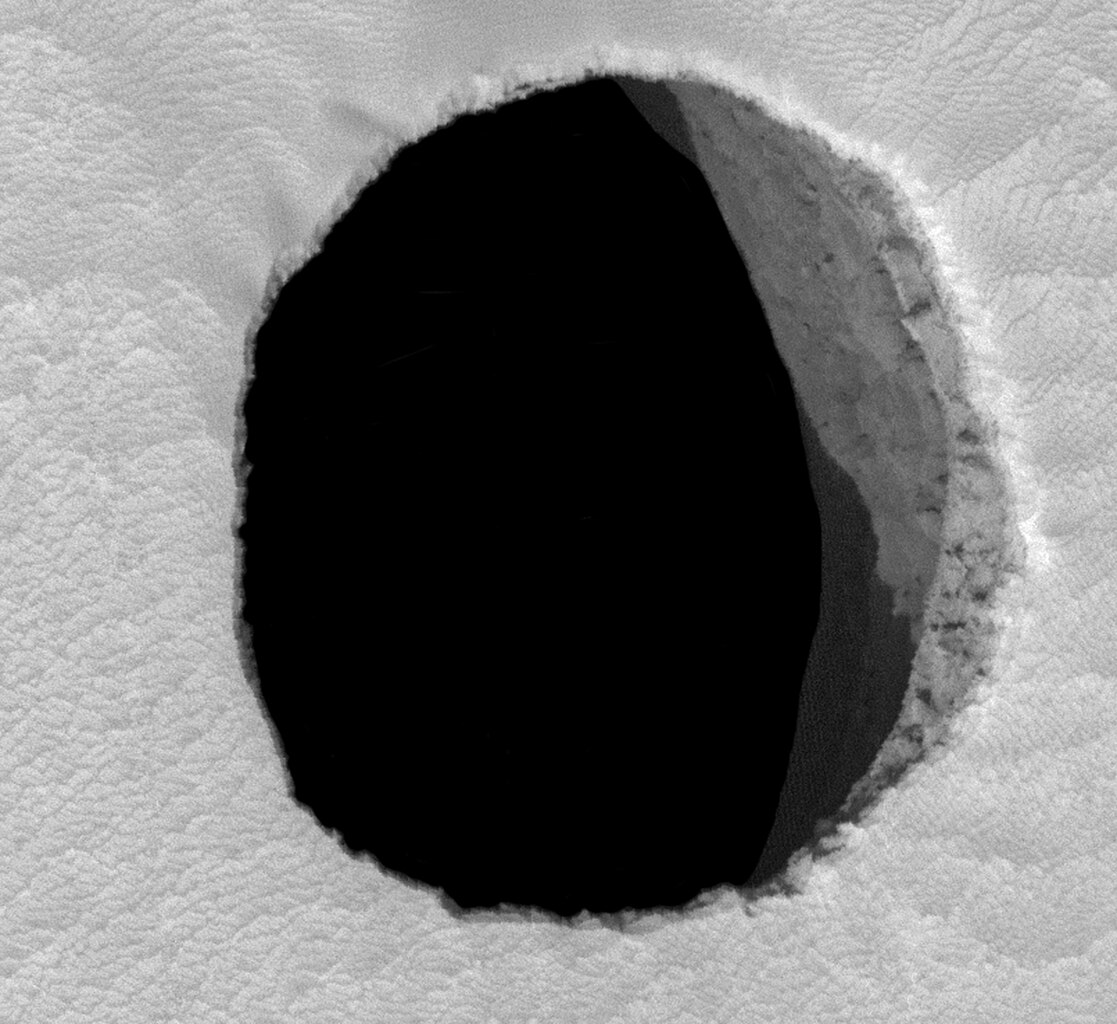
Image credits: NASA
Another discovery made by a different probe recently reexamined a series of mysterious holes about 10 feet across, which are located on the flanks of volcanoes in Mars’s Tharsis region.
Scientists believe that these holes are ‘skylights’, or places where the ground above the lava tubes has caved in and created a the hole in the surface. If these lava tubes are similar to the ones we have on Earth, then, according to Brandon Johnson, who’s a geophysicist at Purdue University, they could provide astronauts protection from the extreme conditions such as solar radiation, micrometeorites, extreme temperature fluctuations, winds, and regolith dust storms.
“There’s more than one of these [pits] on Mars that we’ve seen,” shared Johnson, who studies impact craters across the solar system. “But they’re really interesting because they’re places where astronauts might be able to go and be safe from radiation.”
Yet to better understand the conditions, a more detailed investigation is definitely needed.
“On Earth, these lava tubes can be large enough to walk around in, but they can also be small or the voids can be discrete or discontinuous,” said Ross Beyer, who’s a planetary scientist at the SETI Institute.
“So these pits we see could open into larger caves, or they could just be isolated pits. There’s no way to know what’s in them until we explore them in more detail,” he explained.
Johnson mentioned that the best way to get more information about the conditions in lava tubes would be to physically enter them using a rover: “There are missions proposed to essentially have a robot go on a line and drop down into one of these skylights and be able to explore what’s inside of them.”
Since hypothetically, the mysterious holes could offer shelter from the planet’s harsh surface, they could also be the best place to search for possible alien life.
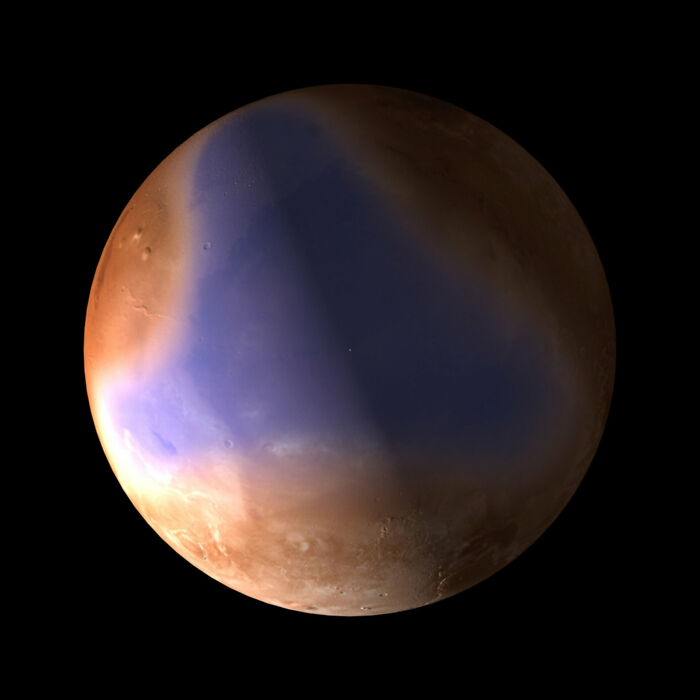
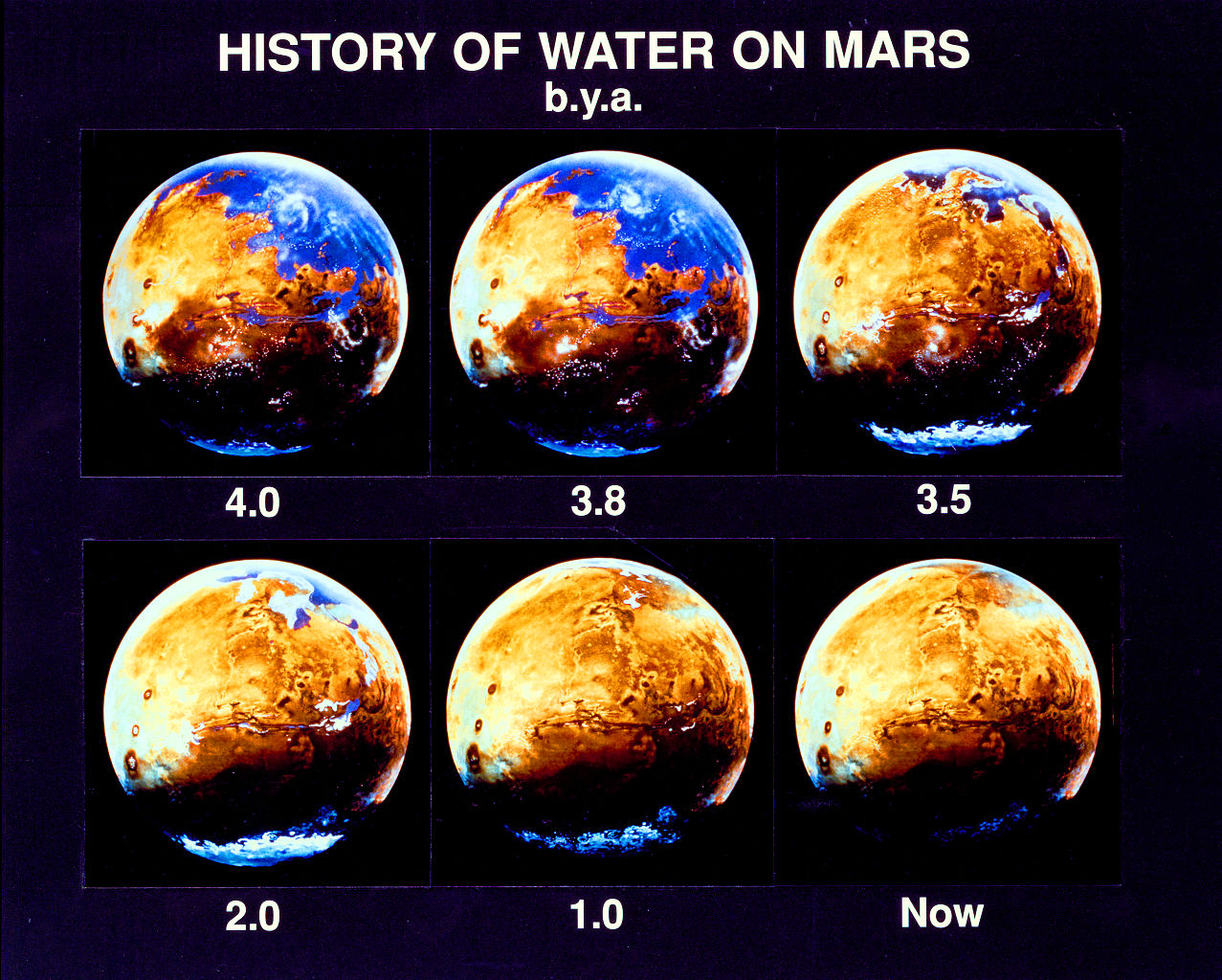
Image credits: NASA
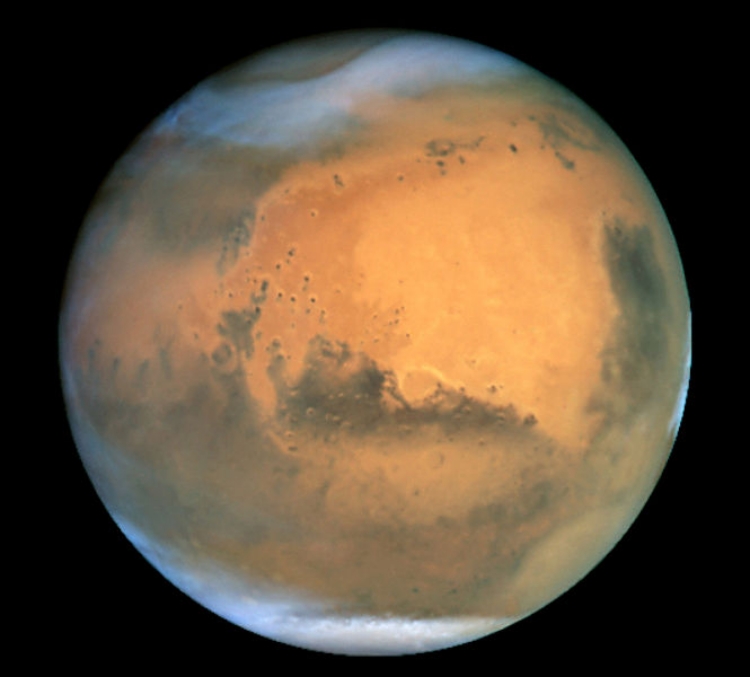
Image credits: NASA
The Tharsis region covers almost 25% of the Red Planet’s surface and each new study provides scientists with essential information for future exploration and the search for possible signs of life.
At the moment, the only information is from the orbiting cameras in space, yet hopefully soon it will be possible to explore Mars physically. And then, who knows how the most similar planet to Earth will surprise us next.
People on the internet were sharing their excitement about the new discoveries on Mars














